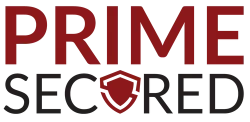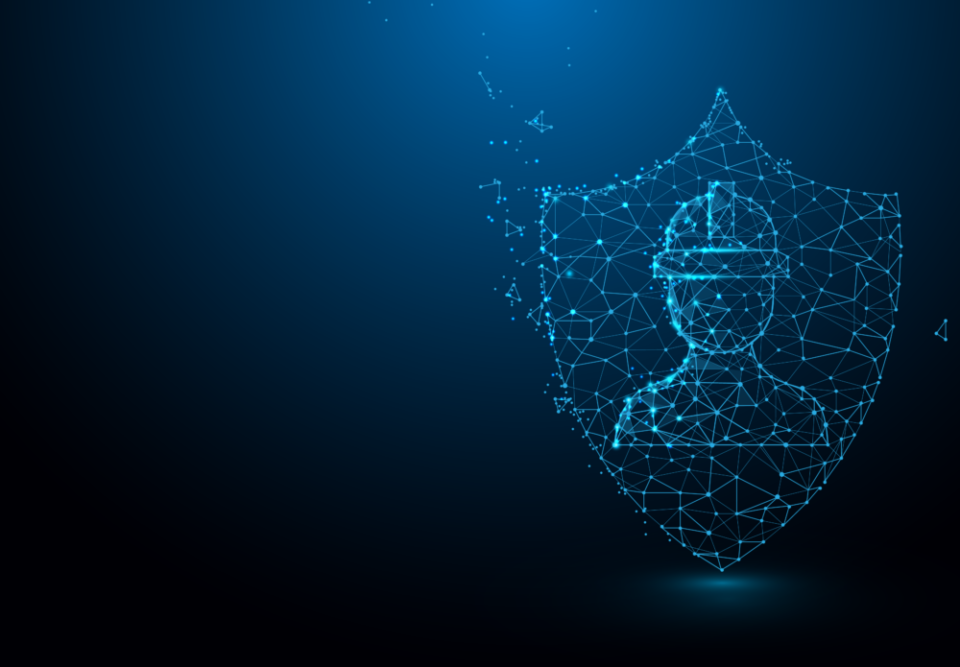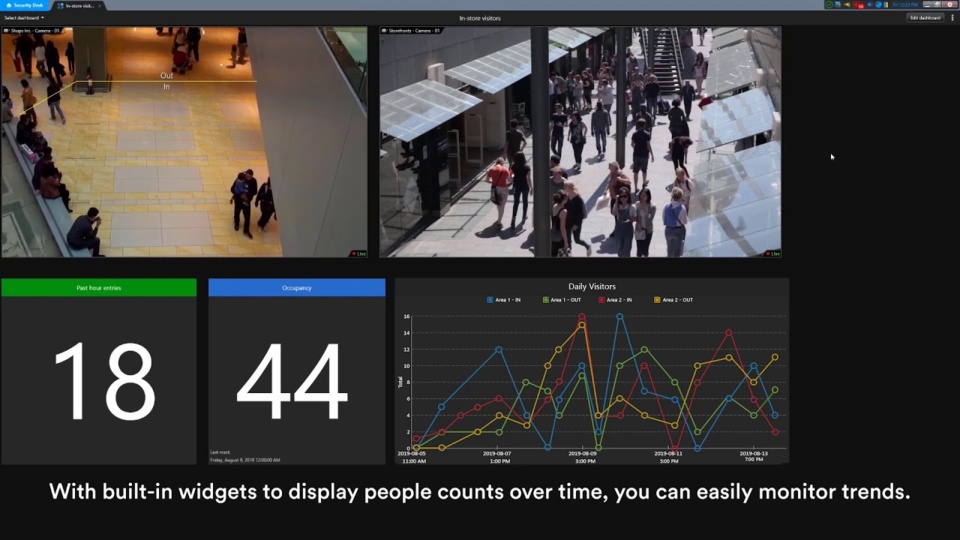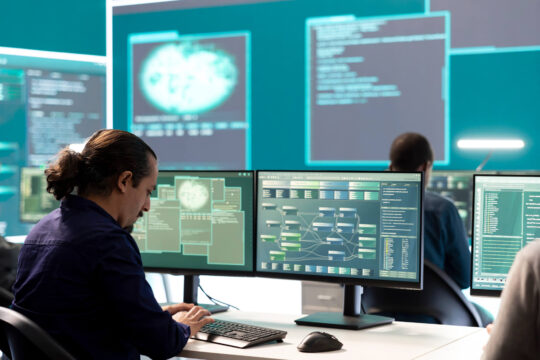How Technology Can Keep You Safe Through COVID-19
As mandatory lockdowns end and the American people prepare to slowly return to their normal routines, businesses across the country have become concerned about precautions they need to take to create a safe workplace. No business can survive without its workers, but an outbreak at the office, warehouse, or hospital ward can mean even more downtime and a potential shutdown.
After months of slow or no business, it could be an existential threat. Not only that, if a worker or customer ends up getting sick and believes the company was too lax in taking precautions, they might pursue legal action. There can be other, less obvious issues as well. Tensions are running high, for example, increasing the likelihood of physical confrontations in offices, store aisles, warehouses, waiting rooms and hallways.
So, what kinds of precautions are reasonable? What can you do to protect the people involved with your business or organization?
It’s important to check in with your own legal advisors to get the lowdown on legal liabilities, but we might be able to help with the logistics. Let’s talk about ways smart planning and technology can minimize your risks and get you back to full operation.
“It’s important to slow down and take time to create a plan for your business,” said Jamie Bumgardner, COO of Prime Secured. “It really comes down to this: Every shared point of contact is a potential infection site. Your goal should be to minimize exposure for everyone.”
Jamie Bumgardner
Plan Your Pandemic-Era Responses to Infection Threats
According to Bumgardner, your pandemic response plan should include three strategic initiatives: reducing touchpoints, organizing your physical layout and communicating clearly.
Reducing the number of touchpoints among employees makes it less likely a virus would spread if someone (employee, customer, vendor, family member) unknowingly walks in with an infection. One way you can reduce touchpoints is with touchless authentication — keypads and touchpads can be replaced with card readers, retinal scanners or facial recognition equipment, ensuring entry into your building is secure and sanitary.
When it comes to the physical layout of your business, the key to reducing infections is eliminating chokepoints. This could involve adding doors, for example, which allows employees and customers to move easily throughout the building while staying six feet apart the entire time. It may not be practical to account for six feet of space between humans in all situations, but careful planning can minimize the likelihood that two people will pass by each other too closely. Consider how you allow access and movement through your most crowded areas.
Your virus-busting strategy should include paying close attention to communication. “If people know what you want them to do, they are more likely to follow the rules,” Bumgardner explains. For example, stickers, public announcements or monitors with reminders to maintain the appropriate distance, wash hands frequently, where masks if required can help prompt everyone to follow the rules and limit the potential for passing the virus to others.
Exciting Technology Solutions for Coronavirus Back-to-Work Concerns
Fortunately for businesses and nonprofits, no matter what type or size, there is a wide variety of technologies available to assist you in keeping spaces safe. Bumgardner shared several of the most useful examples:
Several months after the lockdowns began, most U.S. states were allowing businesses to open again as long as the number of people together in the same area was below a certain limit. Organizations can use people-counting software to ensure these guidelines are followed and provide a record of the number of people in the building in the event of a compliance audit.
People-counting software can work in tandem with existing security cameras, analyzing footage to keep an accurate count of people going in and out of a doorway, so you always know how many people are inside at any given time.
Visitor Management and Proximity Reporting
A private record of the comings and goings inside your building can be invaluable if a visitor or employee tests positive for COVID-19. As an extension of card-access security systems, visitor management software can record every location a person visited within your building, in addition to making sure the only people in your building are the ones who are supposed to be there. This tech lets you know everyone a person interacted with and where.
“If someone who was in your business does test positive,” Bumgardner explained, “you can more accurately track who might have been exposed, allowing you to get the right people tested more quickly and get everything running smoothly again as quickly as possible.”
Thermal Cameras
One of the most reliable, telltale signs of COVID-19 is a high fever, but it’s not easy to tell someone’s body temperature at a glance. With the right equipment and software, you can quickly scan the general body temperature of anyone entering your building and identify those who might be infected, so you can conduct a more detailed second screening.
Thermal cameras will show a heatmap of everything they’re looking at, and that data can be analyzed by accompanying software to instantly detect anyone who’s running suspiciously warm. But be careful: it’s important to know your data is accurate if you’re going to pull someone aside and ask them to leave the premises. “It’s a good idea to work with an integration company that has demonstrated a pilot program and thoroughly vetted new products like these to ensure the required level of performance,” Bumgardner explained.
Keeping Visitors Informed
Putting guidelines in place is an important first step toward pandemic safety, but you need to be sure visitors and employees are aware of and understand the rules you’ve decided on. Many people simply need the occasional reminder, and PVMs (Public View Monitors) can be an effective way of keeping those rules top of their mind. These can also be accompanied by audio reminders, and both can be updated on the fly to reflect changes in the situation if necessary.
With this kind of technology in place, visitors can be reminded to keep their distance and wash their hands or be kept abreast of the number of people allowed in the store. When reminded, most people are happy to follow the rules and keep everyone safe.
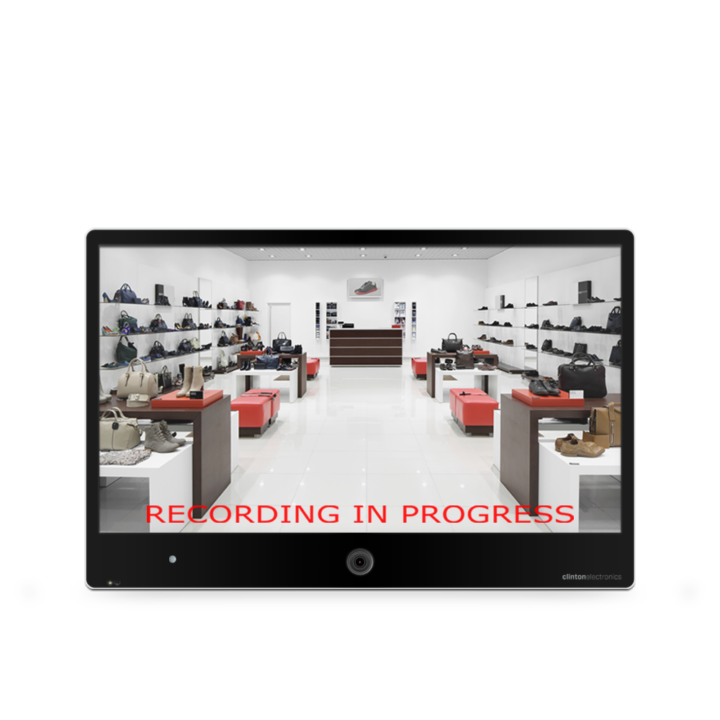
Loitering Analytics
Video analytics software has become more advanced over the years, and these days it’s fairly easy for technology to separate the image of a person from the background. Using this technology, you can continually analyze security footage and keep track of how many people are gathered in an area — and how close together they are. If the capacity for an area has been exceeded or if social distancing guidelines aren’t being followed, an automated alarm will go off, notifying security personnel to address the situation. This same technology is already being used at retail check stands, keeping track of the number of people in line so additional staff can be sent up front to keep things moving along.
Everyone is worried about how they can get their operations back to normal. Technologies like these can be a tremendous step toward that goal, ensuring that an outbreak doesn’t bring your business to a screeching halt. Bumgardner again urges businesses to look at the big picture and create a cohesive plan to make sure you know how all the pieces will fit together to reach your particular safety goals. “The safest approach most likely will involve several of these solutions working in tandem to ensure you maximize your defense,” he suggested.
The good news is, if you already have access control tools, cameras, PVMs and public address systems in place, you may not be far from a COVID-ready system.
Being vigilant about the safety of your workplace is the surest way to get you up and running again, and technology has never been in a better position to help. In fact, the timing of some of the recent technology advances is almost uncanny – as if the technology gods knew the pandemic was coming and wanted us to be ready.
Prime Secured’s engineers and technicians can help you analyze your unique scenario and assemble a suite of tools to bring you up to speed quickly. For more information visit primesecured.com.
